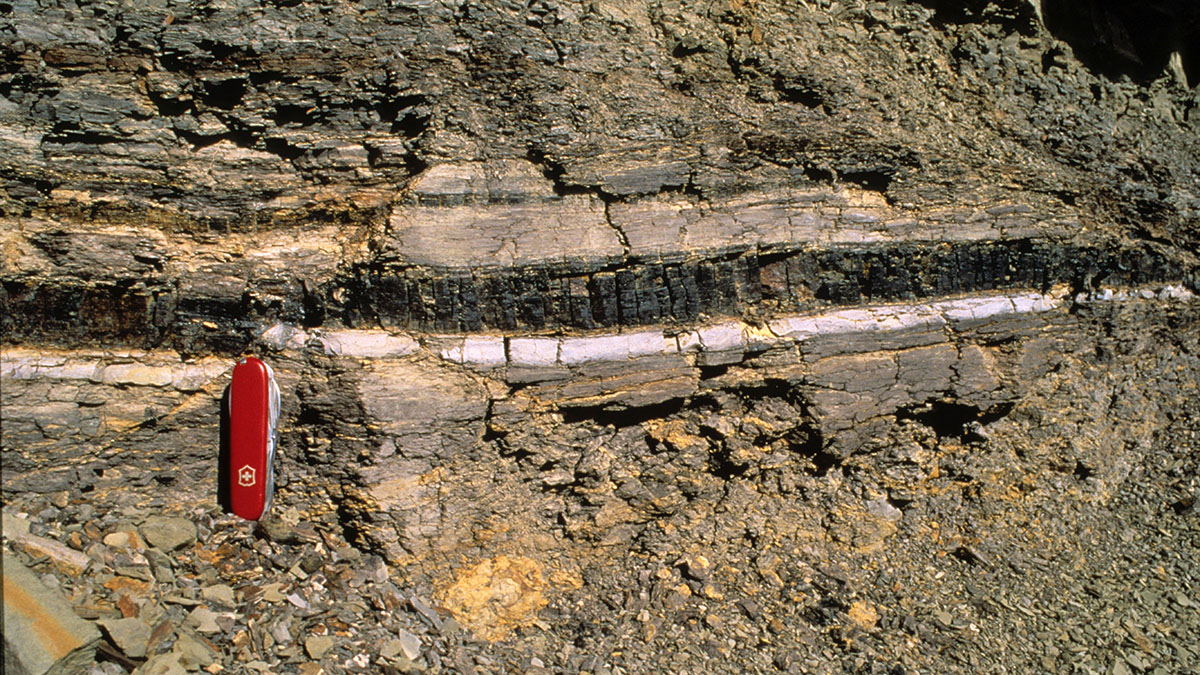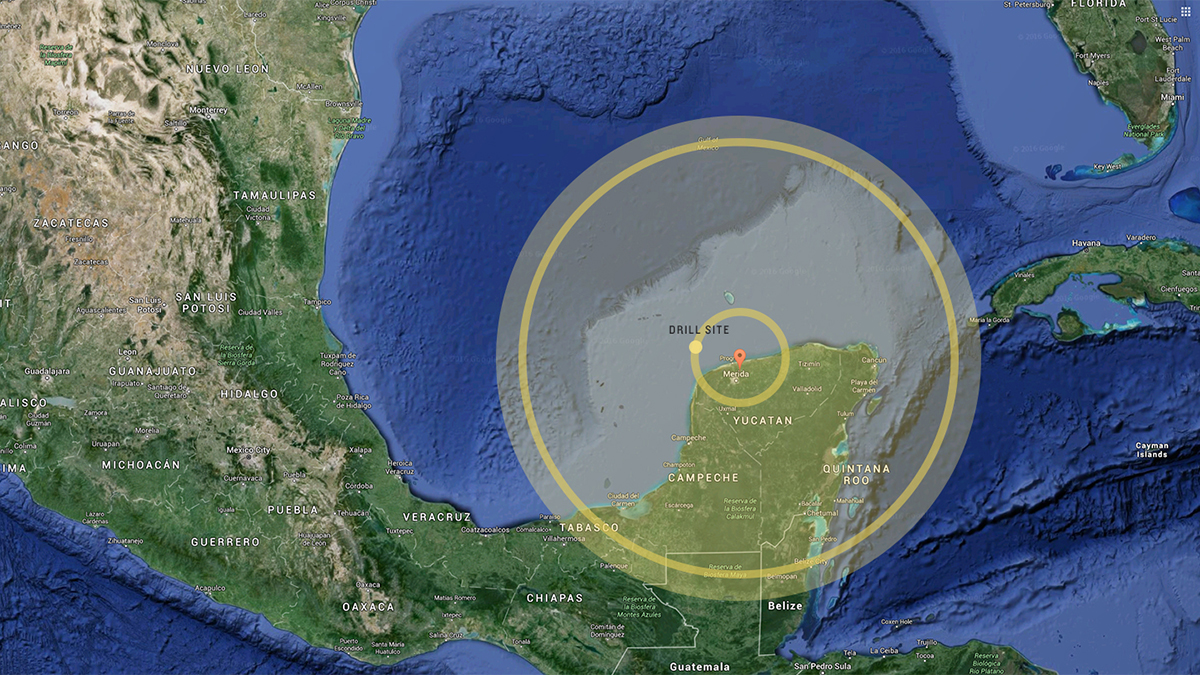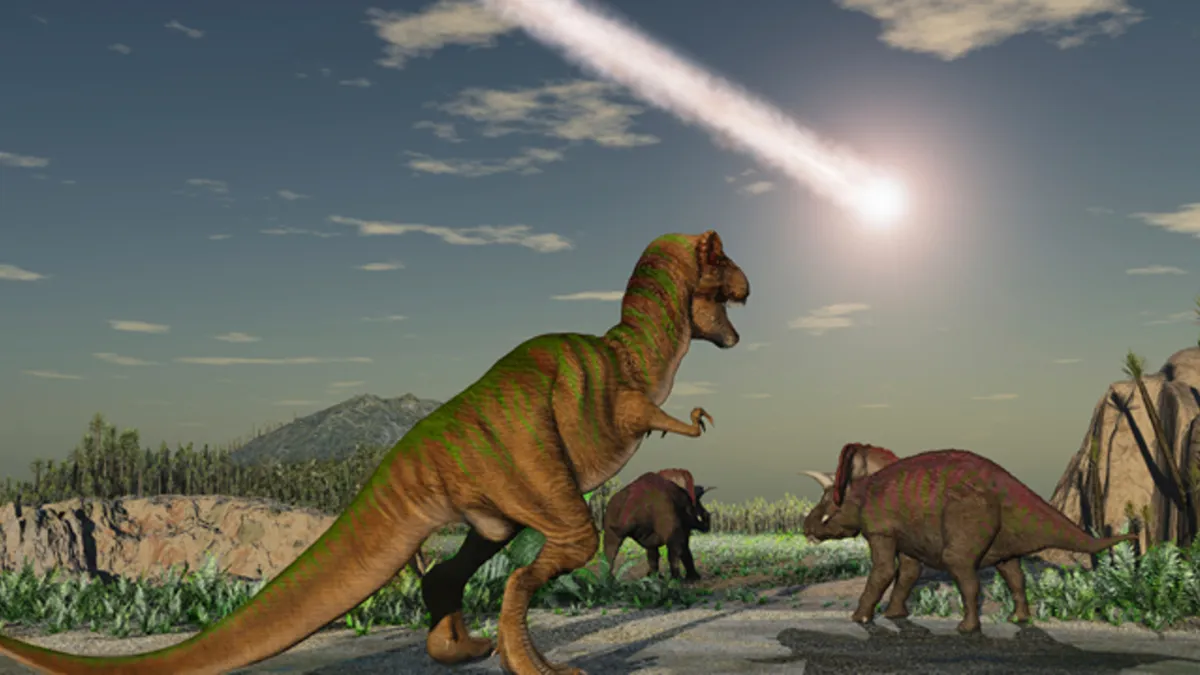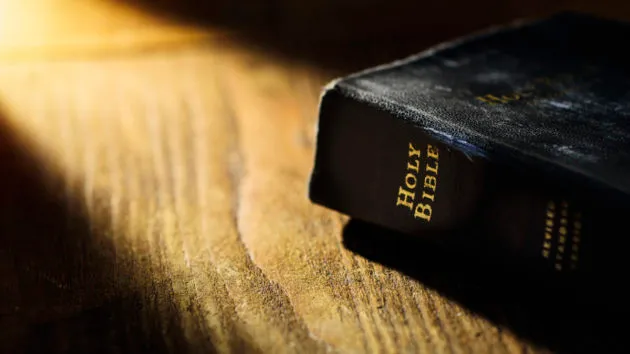Table of Contents
I’ve written before about my “Lushy’s Laws”: a critical-thinking guide to not being fooled by the media. The first and second laws are: Never believe a headline; and when an article claims, “science says…” or “new study shows…”, assume that it doesn’t, until proven otherwise.
So when a headline claims, “Asteroid dust confirms dinosaur extinction theory” and “the case of what killed the dinosaurs has finally been closed”, best have the bullshit filters turned to maximum.
First, the claim:
The case of what killed the dinosaurs has finally been closed. Scientists now have evidence definitively linking their extinction to an asteroid seven miles wide that hurtled into the Earth about 66 million years ago.
The second sentence is accurate – but hardly news. The Cretaceous-Paleogene (“K–Pg”, also known as “K-T”) extinction event has long been known to roughly coincide with a massive asteroid impact. But that does not “finally close the case”.
Here is what the study actually finds.
A new study describes a piece of evidence that had remained elusive for decades: the first detection of “asteroid dust” buried deep inside the suspected impact site.
The suspected impact site is the Chicxulub crater. The crater was only discovered in the 1990s because the site is now buried deep under the Gulf of Mexico. Geologists had been looking for such a crater after the discovery of a layer of iridium, all dating to the same time – roughly corresponding with the K-Pg extinction – at sites around the world. Iridium is rare on Earth, but common in some types of asteroid. The discovery of the K-Pg iridium layer suggested that a massive impact had thrown up a massive cloud of iridium-rich dust.

As well as the dust cloud, the impact would have generated a terrifying wave of superheated air as well as mega-tsunamis that would have devastated much of North America. But the K-Pg extinction was global. The dust cloud, it is theorised, caused a kind of global “nuclear winter” which is what led to the mass extinctions.
The only problem is that no iridium has previously been found at the impact site.
It was finally identified in a core of rock taken from between about 500 and 1,300 metres below the sea bed.
An 80cm-long section tells the story of the impact. At its base are rocks that show how water and wreckage rushed back into the crater after the asteroid hit. At the top is the iridium, which would have circled the world as dust before arriving back at the site no more than 20 years after the impact[…]
In a paper published in the journal Science Advances, its authors write: “This result conclusively ties Chicxulub to the global [iridium] layer and [Cretaceous-Paleogene] boundary sections worldwide, thereby confirming the link between crater formation and the [iridium] peak detected in these sections that record the Cretaceous-Paleogene mass extinction.”
The Australian
So, what this research really “closes the case” on is that the Chicxulub crater is indeed the site of a massive asteroid impact and that the iridium layer is its result.

While it is certainly tempting to link the impact to the K-Pg extinction (we love big, dramatic events, after all), “case closed” is a much bigger claim. Plenty of room for scientific doubt remains.
For instance, the K-Pg would be the only mass extinction event linked to an impact. On the other hand, the Deccan Traps were a series of massive volcanic eruptions in present-day India which also span the period of the K-Pg extinction. The eruptions would also have released colossal amounts of dust and greenhouse gases, triggering global climate change.
Indeed, there is some conjecture that the Chicxulub impact may have triggered the Deccan eruptions.
So, the case of ‘What Killed the Dinosaurs’ is far from closed, although the Chicxulub impact remains the prime suspect. It seems more likely that the extinction was the outcome of a concatenation of events. The asteroid impact may have been the final straw or it may have kicked off a chain of catastrophe.
Either way, it remains important not to over-egg the scientific pudding in the name of sensational journalism.
Please share this article so that others can discover The BFD









